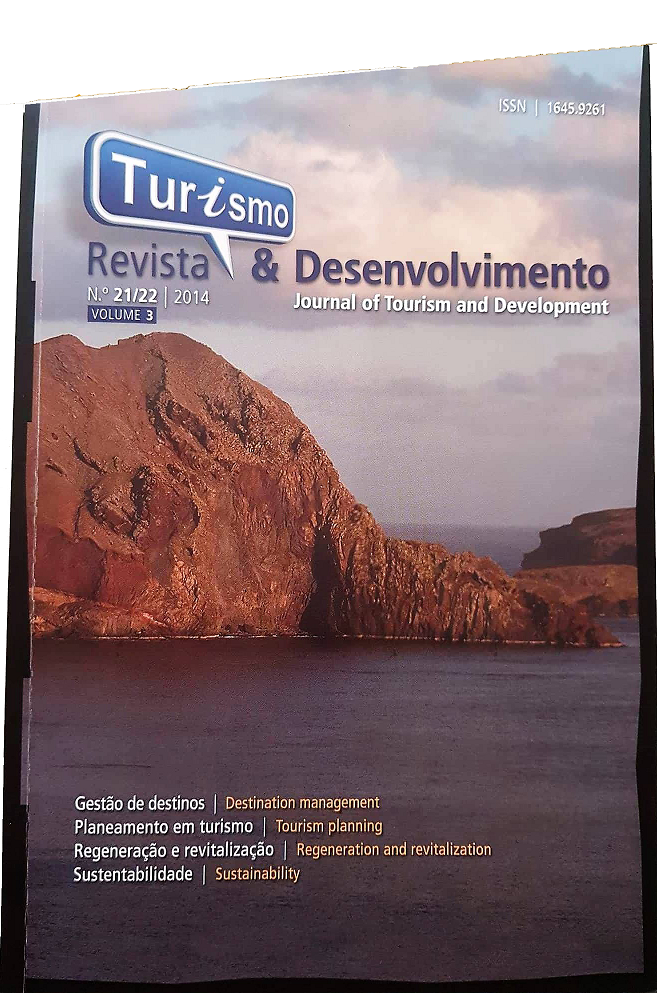Stakeholders em parques nacionais: estudo de casos múltiplos dos Parques Nacionais do Catimbau, Serra da Capivara e Itatiaia – Brasil
Resumo
O presente estudo propôs entender as relações entre os stakeholders de um parque nacional. Trata-se de uma pesquisa qualitativa com metodologia voltada para o estudo de casos múltiplos, o que contribuiu para a investigação empírica. Para tanto, foram selecionados três parques nacionais que reúnem características que viabilizaram uma análise comparativa de acordo com o método proposto por Yin (2010). Os parques selecionados foram: Parque Nacional do Catimbau-PE, Parque Nacional da Serra da Capivara-PI e Parque Nacional Itatiaia-RJ. O objetivo geral foi diagnosticar as relações dos stakeholders de um parque nacional, considerando os conceitos de serviços turísticos e hospitalidade. Especificamente buscou-se identificar quais são os stakeholders; identificar a sinergia entre os stakeholders de um parque nacional com relação aos serviços turísticos e a hospitalidade do lugar e identificar a extroversão da cultural local nos Parques Nacionais como fator de singularidade da identidade do destino turístico. Foram realizadas entrevistas com os gestores dos parques nacionais, baseadas em um roteiro de entrevista semiestruturada. Através da pesquisa foi possível identificar que alguns dos principais stakeholders dos parques não mantém relacionamento.





